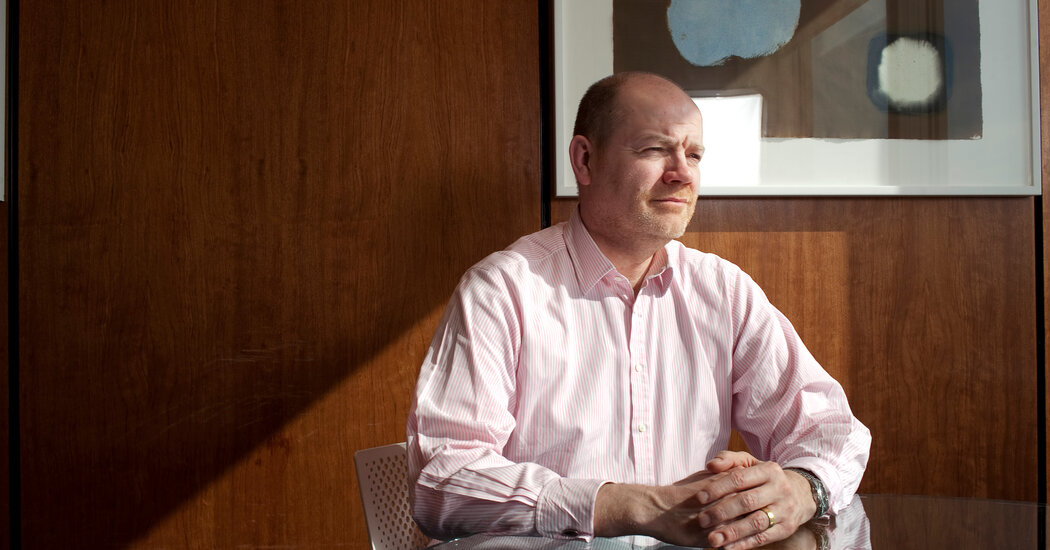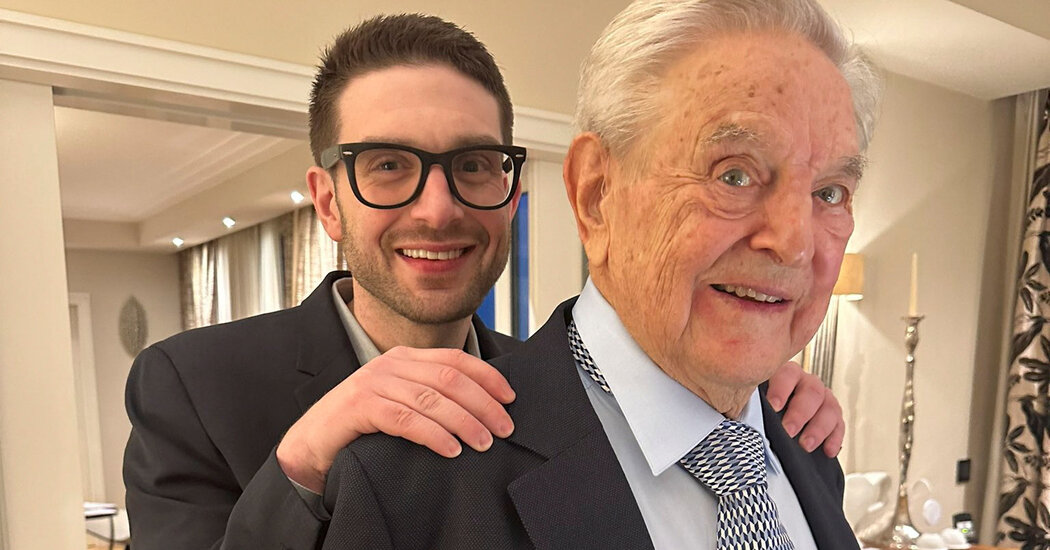Food Marketing in the Ozempic Age
One day about 60 years ago, the comedian Bert Lahr put on a devil suit, held up a potato chip and uttered a phrase that would become a food-marketing milestone: “Betcha can’t eat just one.”
Positioning food as deliciously addictive, as Lay’s did in its sly TV commercial, became advertising gold. In the decades that followed, Oreos and freezer waffles (“L’eggo my Eggo!”) were portrayed as so irresistible that people fought over them. A popular stoner movie, “Harold and Kumar Go to White Castle,” chronicled two friends’ obsessions with fast-food sliders.
Craveability became such a selling point that Kellogg’s went all in and named a chocolate-filled cereal Krave. High-end chefs weren’t immune. Christina Tosi, known for the hyper-sweet desserts at her Milk Bar shops, named one of them Crack Pie.
But we’re now in the Ozempic era. A class of new drugs that eliminate food cravings, as well as a fresh body of scientific studies, have focused attention on the connection between addiction and food. Ultra-processed foods, made with cheap industrial ingredients and potentially as addictive as tobacco or gambling, are emerging as a national concern.
What’s a food marketer to do? Some who work in or study the nation’s $1 trillion food industry describe the moment as not much more than a speed bump. Food companies are nimble at surfing the cultural waves and finding new ways to keep customers reaching for another helping.
Others say it’s a watershed moment in how Americans eat, and will change how companies sell food.
“It’s an existential threat to the food industry and certainly an existential threat to the processed food industry,” said Marion Nestle, an emeritus professor of nutrition, food studies and public health at New York University who has written extensively on food policy and science. “You’ve got all these things coming together in a way they’ve never come together before.”
Back in the 1960s, when Lay’s dared the nation to resist, “it didn’t even occur to anybody that wanting more chips could be bad,” said Steve Siegelman, an executive creative director at the marketing firm Ketchum who has worked with the beef industry, Kikkoman and Häagen-Dazs.
Casting food as irresistible or craveable has already begun to fall out of favor, he said, but it remains perfectly acceptable as a business-to-business tactic. Hidden Valley Ranch, for example, uses the slogan “Give them the cup they crave” in its ads in restaurant trade publications.
Sheer overuse has started to sap the marketing power of craveability, said Mike Kostyo, a vice president of the food industry consulting company Menu Matters, whose clients include brands like Dunkin’ and Del Monte Foods. But as an underlying concept, he said, it’s not going away.
“It’s so central to how we market so many foods,” he said. “All that imagery of oozing cheese and the sound of the crunch.”
Mr. Kostyo said several clients have asked him how worried they should be about the runaway popularity of drugs like semaglutide (the active ingredient in Ozempic and Wegovy) and tirzepatide (in Mounjaro), which people credit with silencing what they describe as “food noise,” or constant thoughts about eating. He tells them it’s too early to say.
If selling the addictive nature of a snack stops working, he said, the industry will find something else that will.
Food companies ran into a similar challenge in the early 1990s, when fat was cast as the dietary demon. They responded with products like SnackWell’s, a line of fat- and cholesterol-free cookies that was so popular it was often in short supply. Baked Lay’s, with fewer calories and less fat than the original, mounted a $50 million ad campaign showing supermodels fishing or playing poker. The slogan: “You can eat like one of the boys, but still look like one of the girls.” The commercials ended, of course, with Lay’s time-tested tagline.
Michael Moss, a former New York Times reporter who has written two books explaining how some food companies use science, marketing and political influence to get consumers hooked on their products, doesn’t expect drugs like Ozempic to make any difference.
“Getting us to lose control is part of their business plan,” he said of the processed food industry. “I was chatting with an industry lobbyist who said Vitamin O scares us about as much as Michelle Obama’s ‘Let’s Move’ campaign” to get children to eat better and exercise more.
In its recent annual report on the food and beverage industry, the market research company Mintel posited that consumer demand for minimally processed food will grow, and suggested that manufacturers focus on the benefits of food processing, like extending freshness or promoting food safety.
The report also offered a strategy for selling products with no redeeming nutritional value: “Brands that produce highly, overly or ultra-processed food and drink products will need to remind consumers of the joy and comfort they get from these products.”
But instead of telling consumers what a product can do for them, many marketers pore through social media to find out what they want, said Caitlin Reynolds, an executive vice president at the advertising firm Saatchi & Saatchi.
“It’s like an unprompted focus group that runs 24/7,” she said.
In 2021, Ms. Reynolds led a team that in created an award-winning ad campaign for Pepperidge Farm Goldfish crackers inspired by the shutdown phase of the pandemic, when people posted that they ate the snacks by the handful while working from home. The multiplatform campaign featured Boban Marjanovic, the N.B.A. player with the largest hands, holding as many of the crackers as he could.
Although Goldfish are a mainstay in homes with young children, the snack has become a top seller with teenagers who grew up eating them. “Gen Z loves nostalgia,” Ms. Reynolds said.
And although brand integrity matters to members of Generation Z, according to Mr. Kostyo of Menu Matters, they don’t have the same health focus as the Millennial generation, with its grain bowls and nut milks.
“With Gen Z we see a movement away from that,” he said. “They love candy and Taco Bell and TikTok-y foods.”
Strategies for selling food to Generation Z and it successor, Alpha, the oldest members of which are 14, rely less on one message repeated in traditional advertising and more on deft use of social media. They also include fun, outrageous collaborations between brands, like the Nacho Cheese Dorito-flavored liquor that the snack giant recently created with Empirical, a company started by alumni of the elite Copenhagen restaurant Noma.
Still, some companies are sticking with the old get-’em-hooked approach. In 2022, Taco Bell pioneered a subscription offer, in which $10 bought a taco a day for a month. In November, it added a subscription for nacho fries.


